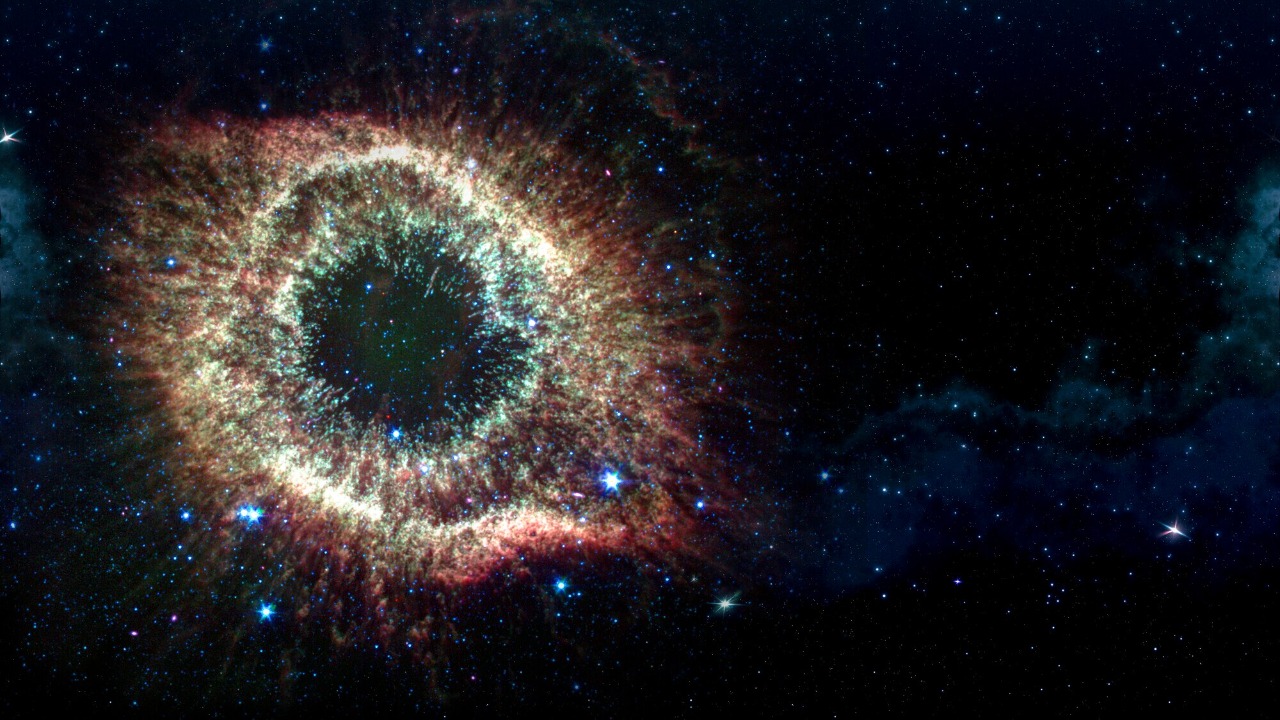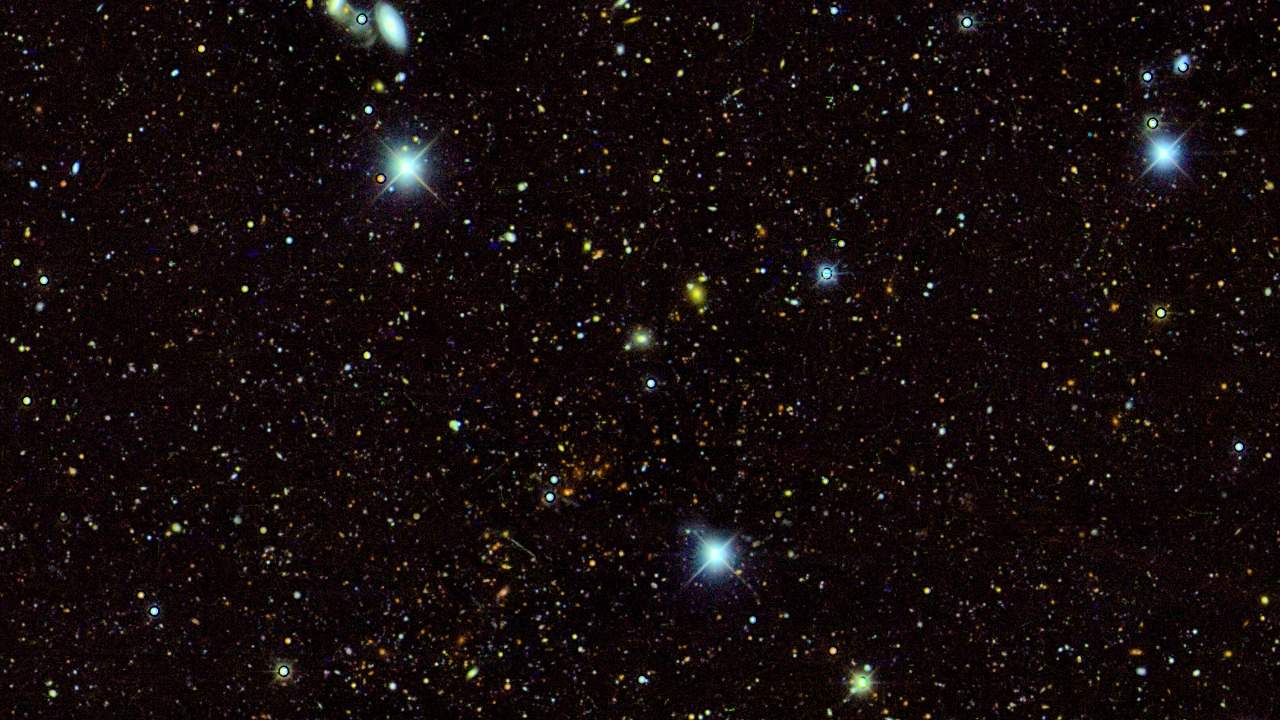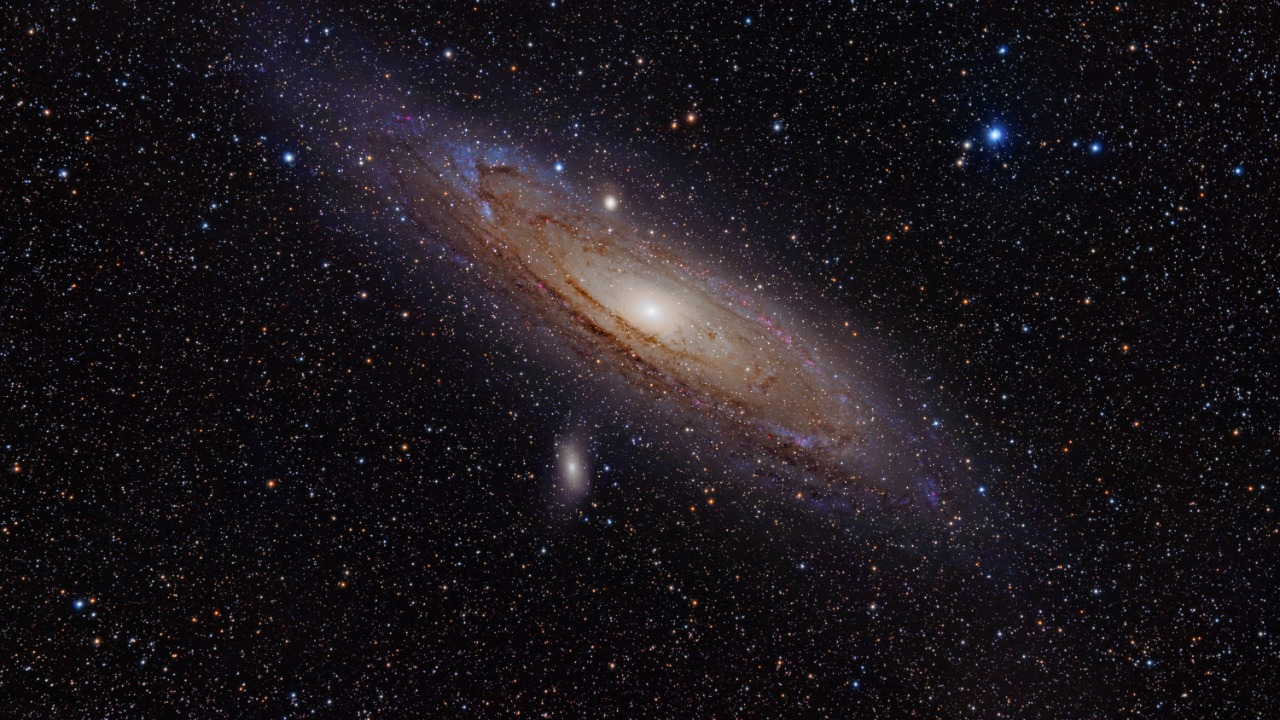
Dark energy, the mysterious force driving the accelerated expansion of the universe, has puzzled scientists since its discovery in 1998. Despite its elusive nature, dark energy is believed to constitute about 68% of the universe. This article delves into the enigma of dark energy expansion, exploring current theories and its implications for the future of cosmic evolution.
Understanding Dark Energy

Historical Background
The discovery of dark energy owes much to the Hubble Space Telescope. In the late 1990s, astronomers using Hubble data observed distant supernovae and found that they were dimmer than expected, suggesting an accelerating universe. This unexpected revelation marked a significant shift in our understanding of cosmic expansion, which had been assumed to be slowing down due to gravitational attraction.
Since then, our understanding of the universe’s expansion has evolved considerably. Initially, the cosmological constant, introduced by Einstein and later discarded, was revived as a potential explanation for this acceleration. This discovery has prompted a re-evaluation of cosmic models and has fueled further exploration into the nature of dark energy.
Theoretical Frameworks
The cosmological constant, denoted by the Greek letter Lambda (Λ), remains a cornerstone in explaining dark energy. It represents a constant energy density filling space homogeneously and is a fundamental component of the Lambda-CDM model, the standard model of cosmology. However, the exact nature and origin of this constant remain subjects of intense debate.
Alternative theories have emerged to explain the phenomena attributed to dark energy. Among them is quintessence, a dynamic field that changes over time, unlike the static cosmological constant. Other models propose modified gravity theories, which suggest that our understanding of gravity itself may need adjustment to account for cosmic acceleration.
The Evidence for Dark Energy

Cosmic Microwave Background Radiation
Observations of the Cosmic Microwave Background (CMB) radiation provide critical evidence for dark energy’s existence. The CMB, the afterglow of the Big Bang, contains tiny temperature fluctuations that reveal information about the universe’s structure and composition. Data from the Planck satellite has offered precise measurements of these fluctuations, supporting the presence of dark energy in the cosmic inventory.
The Planck satellite, launched by the European Space Agency, has been instrumental in refining our knowledge of the universe. Its high-resolution mapping of the CMB has not only reinforced the dark energy hypothesis but has also provided insights into the early universe’s conditions, offering a clearer picture of how cosmic expansion has evolved.
Type Ia Supernova Observations
Type Ia supernovae, often referred to as “standard candles,” play a vital role in measuring cosmic distances. These stellar explosions have a consistent intrinsic brightness, allowing astronomers to calculate their distance from Earth based on their observed brightness. Observations of these supernovae have provided compelling evidence for an accelerating universe, as they appear dimmer than expected in a decelerating scenario.
The supernova data collected by various observatories have consistently indicated that the universe’s expansion is speeding up, a key piece of evidence supporting the dark energy model. These findings have been corroborated by independent measurements, further strengthening the case for dark energy as a fundamental component of the cosmos.
Challenges and Controversies

Measurement Discrepancies
Despite the robust evidence for dark energy, significant challenges remain. One of the main controversies involves discrepancies in the measured value of the Hubble constant, which quantifies the universe’s expansion rate. Different methods of measuring this constant yield varying results, leading to tensions between early universe observations, such as those from the CMB, and late universe measurements, like those from supernovae.
These discrepancies have sparked debates in the astrophysical community, prompting calls for new models or explanations that can reconcile these differences. Resolving this tension is crucial for a deeper understanding of both dark energy and the fundamental parameters governing our universe.
The Fading Dark Energy Hypothesis
A fascinating hypothesis that has gained attention is the idea that dark energy’s influence might be fading over time. This theory suggests that dark energy could diminish in strength, potentially altering the fate of the universe. Such a scenario would have profound implications, possibly preventing the universe from expanding indefinitely.
The fading dark energy hypothesis remains speculative but highlights the need for ongoing observations and theoretical advancements. Should this hypothesis prove accurate, it would necessitate a re-evaluation of our understanding of cosmic evolution and the mechanisms driving it.
Implications for Cosmology

Impact on Universe’s Fate
Dark energy models significantly influence predictions about the universe’s ultimate fate. Several scenarios, such as the Big Freeze, Big Rip, and Big Crunch, depend on the nature and behavior of dark energy. In the Big Freeze scenario, the universe continues to expand forever, cooling as galaxies drift apart. Conversely, the Big Rip envisions an eventual tearing apart of all cosmic structures due to accelerating expansion.
Understanding dark energy’s properties is crucial for determining which of these scenarios, if any, will come to pass. Current models suggest an endless expansion, but new data could alter these predictions, underscoring the importance of refining our cosmological models.
Role in Multiverse Theories
Dark energy’s enigmatic nature also ties into multiverse theories, which propose the existence of multiple universes. In some models, dark energy plays a role in cosmic inflation, a rapid expansion phase that occurred shortly after the Big Bang. This inflationary period might have spawned other universes, each with its own physical laws and constants.
While these ideas remain speculative, they offer intriguing possibilities for how dark energy could fit into a broader cosmic framework. Continued exploration of dark energy’s role in such theories could provide deeper insights into the fundamental nature of reality.
Future Research and Observations

Next-Generation Telescopes
The next decade promises significant advancements in our understanding of dark energy, thanks to upcoming missions like the James Webb Space Telescope. This powerful observatory will allow astronomers to peer deeper into the cosmos, potentially uncovering new insights into dark energy’s nature and behavior. Ground-based observatories will also play a critical role in refining dark energy models, offering complementary data to space-based missions.
These telescopes will provide more precise measurements of cosmic phenomena, helping to resolve existing controversies and refine theoretical models. As our observational capabilities expand, so too will our understanding of the universe and its elusive components.
Interdisciplinary Approaches
The quest to understand dark energy is inherently interdisciplinary, requiring collaboration between physicists, astronomers, and cosmologists. These diverse perspectives are essential for developing new theories and testing existing ones against observational data. As new data becomes available, it will challenge our current understanding and spur the development of innovative models.
Interdisciplinary efforts will be crucial in unraveling the mysteries of dark energy. By combining expertise from various fields, scientists can approach this cosmic enigma from multiple angles, enhancing our understanding of the universe’s fundamental nature and its ultimate fate.